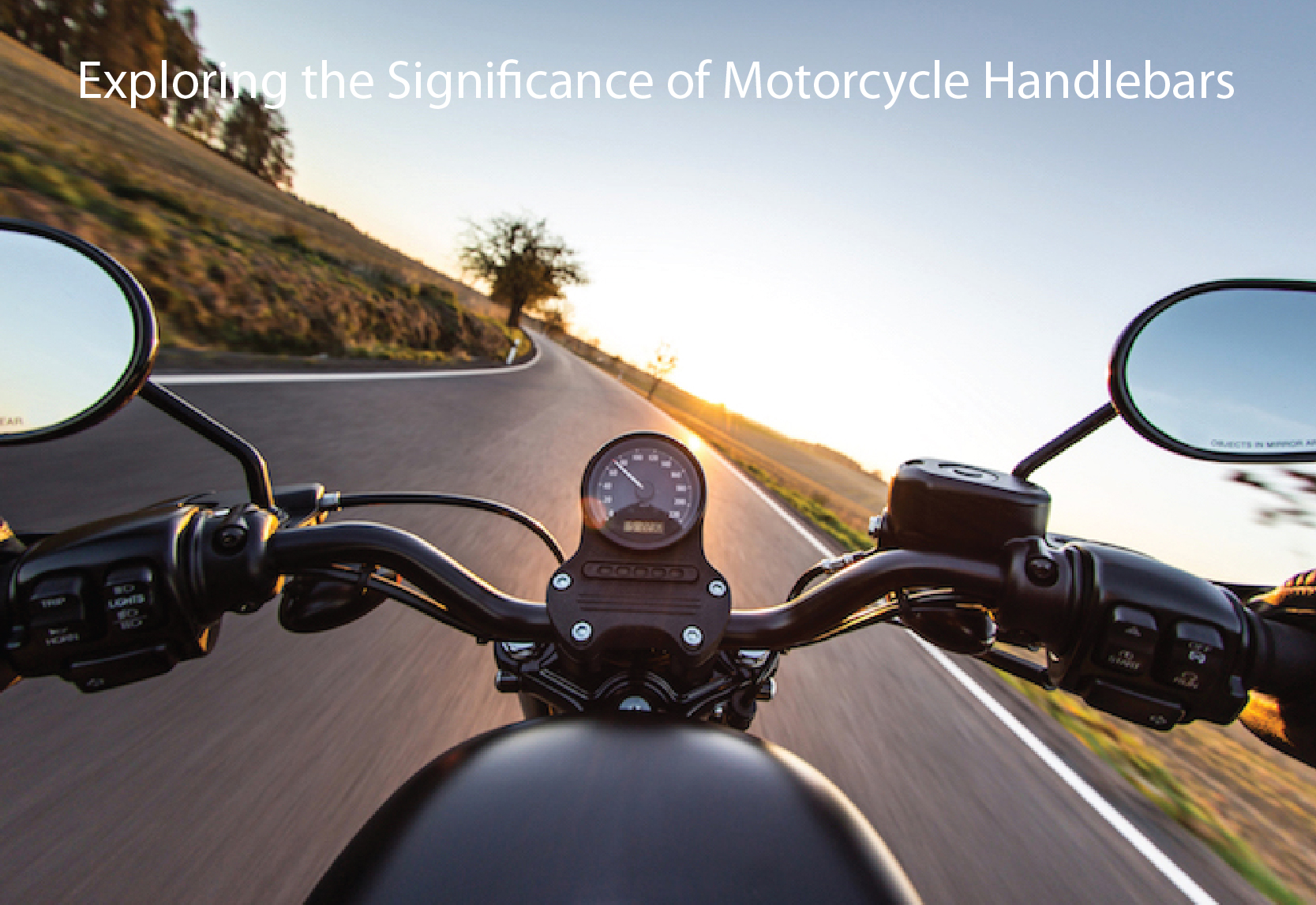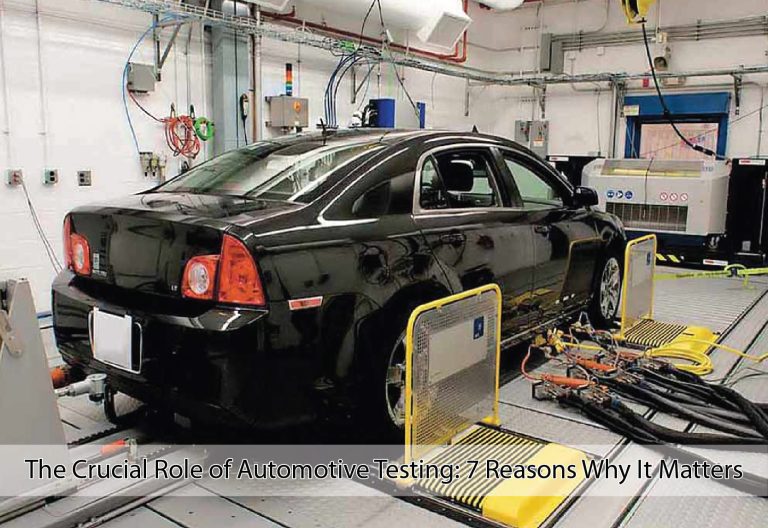Exploring the Significance of Motorcycle Handlebars
Motorcycle handlebars are not just a simple bike component; they play a crucial role in the overall riding experience and the rider’s control over the machine. These seemingly straightforward bars are the key to steering, stability, and maneuverability, making them an essential part of every motorcycle. By understanding the power of control that handlebars provide, riders can gain a deeper appreciation for this vital component of their motorcycles.
Unveiling the Primary Function of Motorcycle
Handlebars, The main purpose of motorcycle handlebars is to serve as a steering mechanism. Handlebars allow riders to control the direction of the motorcycle by turning them left or right. This simple but essential function enables riders to navigate various road conditions, curves, and obstacles, giving them a sense of control and confidence while riding.
How Motorcycle Handlebars Enable Precise Control and Maneuverability
Handlebars directly connect the rider and the motorcycle, transmitting their input into precise control and maneuverability. By applying pressure and making subtle adjustments, riders can finely tune their steering, allowing them to easily navigate tight corners, switch lanes, and perform intricate maneuvers. The handlebars’ responsiveness is vital in providing riders with a sense of connection and control over their machines.
Designing Handlebars for Optimal Riding Posture
Motorcycle handlebars are functional and designed with ergonomics and rider comfort in mind. Different handlebar styles and shapes accommodate various riding positions, body types, and preferences. Whether it’s a sportbike with aggressive clip-on handlebars or a cruiser with wide and swept-back bars, ergonomic design ensures that riders can maintain a comfortable and natural riding posture, reducing fatigue and promoting better control over extended rides.
The Role of Handlebars in Maintaining Stability and Balance
Stability and balance are paramount to safe motorcycle riding, and handlebars contribute significantly. Handlebars provide riders with a means to actively stabilize the motorcycle by applying counter-steering techniques, where a slight push on one side of the handlebar initiates a lean in the opposite direction. This action helps maintain balance during turns and ensures a stable ride, especially at higher speeds.
Exploring Different Handlebar Styles and Options
Motorcycle handlebars offer riders the opportunity for customization and personalization. With a wide range of handlebar styles available, riders can choose a design that suits their riding style and reflects their personality. From drag bars and ape hangers to superbike-style clip-ons and beach bars, riders can select handlebars that enhance their motorcycles’ aesthetics while improving their overall riding experience.
Handlebars Designed for Tackling Rough Terrain and Bumps
Specialized off-road handlebars are essential for riders who venture off the beaten path and explore rugged terrains. These handlebars are designed to withstand the rigors of off-road riding, providing durability, impact resistance, and enhanced control. They often have a broader and more reinforced construction to absorb shocks and vibrations, offering riders better handling and control over uneven surfaces.
High-Performance Handlebars for Aggressive Riding Styles
Motorcycle handlebars play a crucial role in sports performance riding. Designed to cater to aggressive riding styles, high-performance handlebars provide riders with improved aerodynamics, enhanced control, and optimal positioning for aggressive leaning and precise maneuvering. These handlebars allow riders to achieve maximum performance while enjoying the thrill of pushing their motorcycles to the limit on the track or twisty mountain roads.
Integration of Switches, Grips, and Instruments on Handlebars
Handlebars are responsible for steering and serve as a platform for integrating various controls and accessories. Switches for lights, turn signals, horns, and other functions are conveniently located on the handlebars, allowing riders to access them without taking their hands off the grips. Additionally, handlebar grips provide a comfortable and secure hold, while instruments such as speedometers and tachometers are often mounted on the handlebars for easy visibility and quick reference.
Leveraging Handlebars for Effective Rider Communication
Handlebars also serve as a means of communication between riders, especially in group riding situations. Riders can convey messages to others on the road or within their riding group by utilizing hand signals. Handlebars provide a clear and visible platform for making these signals, enhancing communication, and promoting safer riding practices.
From Classic to Modern Designs and Technological Advancements
Over the years, handlebar designs have evolved significantly to meet the demands of different riding styles and technological advancements. From the classic styles of the past to today’s modern innovations, handlebars have seen changes in materials, ergonomics, integrated technologies, and aesthetics. This evolution continues to shape the significance and functionality of handlebars in the world of motorcycle riding.
Conclusion
Motorcycle handlebars are not just a simple motorcycle component; they hold immense significance in the rider’s control, stability, and maneuverability. From providing steering to enhancing safety, handlebars are essential for riders to navigate the roads with confidence and control. By understanding the significance of handlebars, riders can appreciate their power to influence riding experience, ergonomics, customization options, and communication on the road. Whether for touring, off-roading, sports performance, or cruising, the handlebars serve as a vital connection between the rider and the motorcycle, allowing riders to unleash the power of control and experience the joy of riding to its fullest.
Also Read: Electric Bikes and Their Health Benefits







